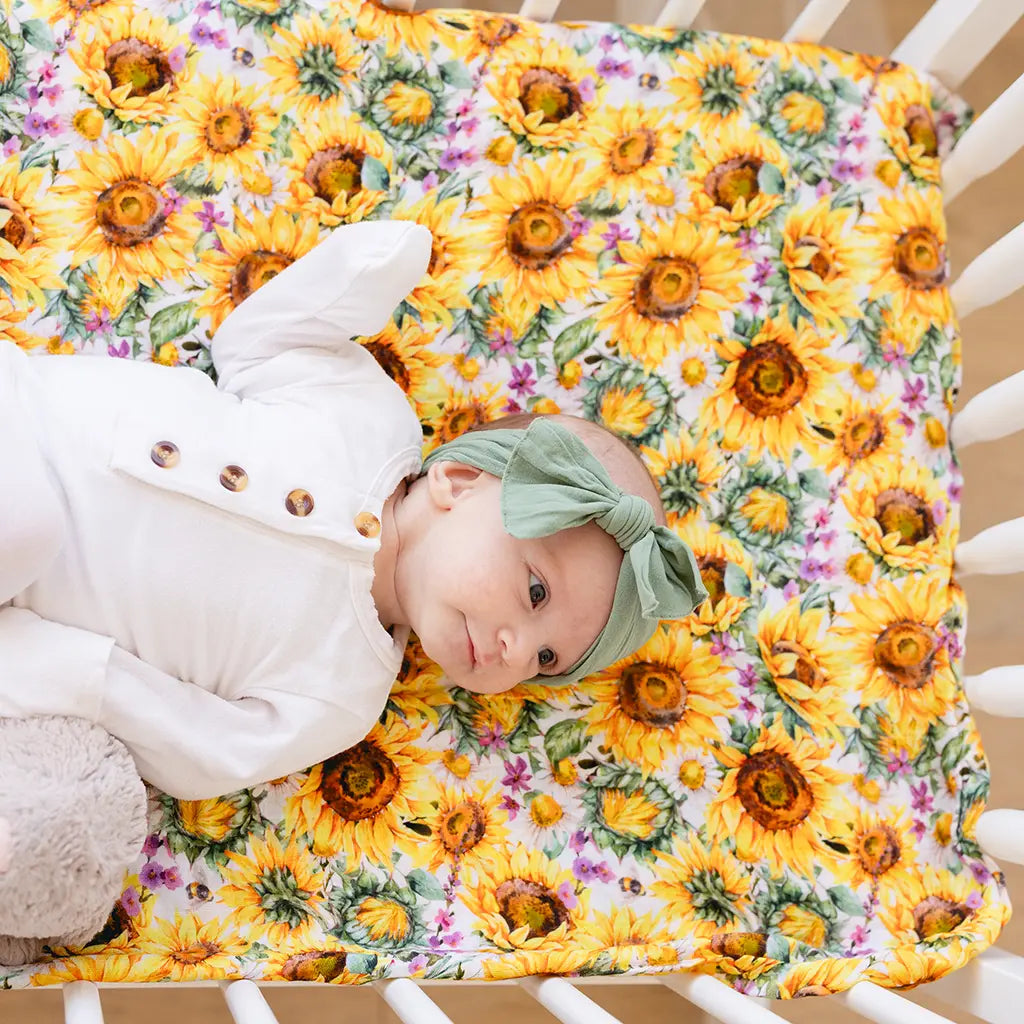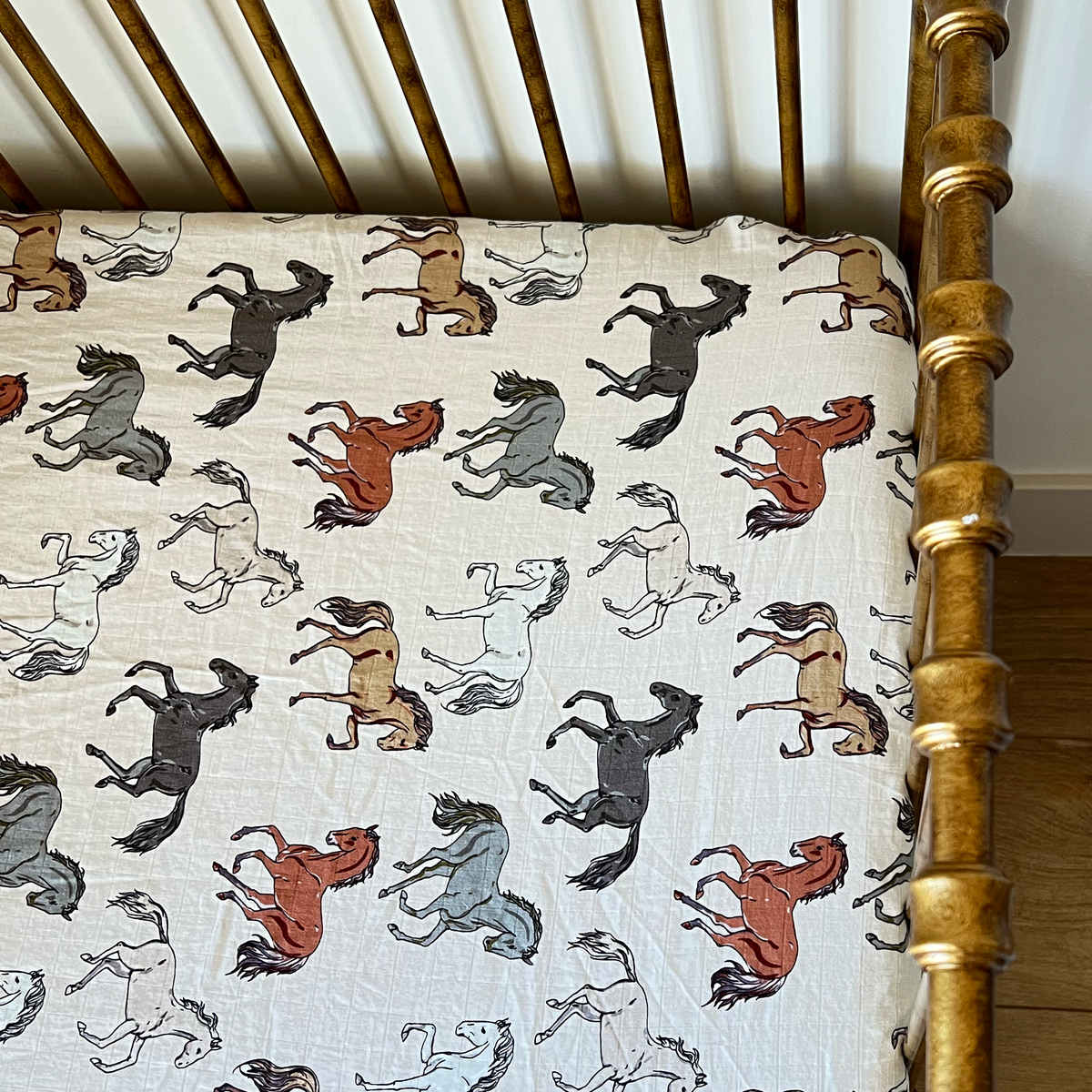As a fellow parent, I get it—swaddling can feel like a complex origami project, especially during those late-night cries.
But what if I told you that mastering the art of folding swaddle blankets could be your ticket to more peaceful nights?
In this blog, we'll explore tried-and-true methods, innovative techniques, and even alternative products to make swaddling a breeze.
Trust me, you and your baby will thank me later.
Step-by-Step Guide to Folding Swaddle Blankets
Let's be honest, those first few attempts can feel like you're trying to solve a Rubik's Cube in the dark.
That's why we're breaking it down for you, step by step, so you can swaddle your baby like a pro.

Detailed Folding Techniques
- The Basic Fold: Start by laying the swaddle blanket flat on a surface, positioning it like a diamond. Fold the top corner down to form a triangle.
- The Pocket: Place your baby in the center, aligning their shoulders with the folded edge. Make sure their feet are pointing toward the bottom corner.
- The Wrap: Take the left corner and wrap it snugly around your baby, tucking it under their back.
- The Final Fold: Now, fold the bottom corner over your baby's feet, tucking it into the first wrap.
- The Right Wrap: Finally, wrap the right corner around your baby, securing it under their back.
Safety Guidelines to Follow
- Tight but Not Too Tight: The swaddle should be snug to give your baby the feeling of security but not so tight that it restricts their movement.
- Check for Overheating: Always feel your baby's neck or back to ensure they're not too hot. If they are, loosen the swaddle or opt for a lighter material.
- Face Up: Always place your swaddled baby on their back to sleep, per the American Academy of Pediatrics guidelines.
By following these detailed steps and safety guidelines, you'll ensure your baby's comfort and safety.
And let's face it, a well-swaddled baby means better sleep for everyone.

When and How to Transition
As much as we love the peace that comes with a well-swaddled baby, there comes a time when we have to say goodbye to those cozy wraps.
But how do you know when it's the right time? And what's the best way to make the transition as smooth as possible?
Let's dive in.
Age Guidelines
- Newborn to 3 Months: Swaddling is most effective during these early months.
- 4 to 6 Months: This is typically when babies roll over, a clear sign that it's time to transition out of swaddling.
Signs Your Baby Is Ready to Transition
- Rolling Over: If your baby starts to roll over, it's time to say goodbye to swaddling.
- Restlessness: If your baby seems more restless when swaddled, it might be a sign they're ready for more freedom.
- Breaking Free: If your little Houdini consistently breaks free from the swaddle, take it as a hint that they're ready to move on.
How to Make the Transition
- One Arm Out: Leave one arm out of the swaddle to help your baby get used to the new freedom.
- Both Arms Out: After a few days, try swaddling with both arms out.
- Switch to a Sleep Sack: Transition to a wearable blanket or sleep sack for added safety once your baby is comfortable with both arms out.
Unique Swaddling Methodologies
Swaddling has existed for centuries, but that doesn't mean we can't add a modern twist to this age-old practice.
Trying out these unique methodologies can add a bit of flair to your swaddling routine, making it a fun experience for you and your baby.
Plus, who knows? You might find a new favorite method that works wonders for your little one.

The DUDU Method
Created by Dr. Harvey Karp, the DUDU (Down-Up-Down-Up) method is a unique approach to swaddling that promises to keep your baby snug and secure.
How to Do It
- Down: Start with the blanket's left corner and fold it over your baby's left arm.
- Up: Take the right corner and fold it up over your baby's right arm.
- Down: Now, fold the bottom corner over your baby's feet.
- Up: Finally, take the remaining top corner and fold it down, tucking it securely under your baby.
Other Innovative Ways to Fold Swaddle Blankets
- The Envelope Fold: This method involves folding the blanket into an envelope shape before wrapping your baby, providing an extra layer of warmth.
- The Quick Wrap: For those middle-of-the-night diaper changes, this method allows easy access to your baby's lower half without unwrapping the entire swaddle.

Storing Your Swaddle Blankets: A Quick Guide
After mastering the art of swaddling, the next step is to keep those swaddle blankets neat and ready for the next use. Whether you're a neat freak or just someone who appreciates a tidy space, this guide is for you.
Lay It Flat
- Begin by laying the swaddle blanket flat on a clean surface, fully exposing its shape. For square blankets, make sure all corners are visible; for rectangles, let the longer sides run horizontally.
Fold in Half
- For Square Blankets: Fold the blanket diagonally into a triangle, bringing one corner over to meet the opposite corner.
- For Rectangle Blankets: Fold the blanket in half lengthwise.
Fold in Half Again
- For Triangular Shapes: Fold the triangle in half, bringing the bottom corner up to meet the top corner.
- For Rectangle Blankets: Fold the long rectangle in half again, this time widthwise.
Roll or Fold
- Roll: Start from the folded edge and roll towards the open edge. Ideal for storage bins or drawers.
- Fold: Fold the blanket into thirds or quarters, depending on its size. Great for linen closets or shelves.
Store Safely
- Once neatly folded or rolled, place the blanket in your preferred storage area, ensuring it's dry to prevent mildew or mold.
Remember, the goal is to keep your swaddle blanket wrinkle-free and easily accessible for the next use.
Depending on the material and your storage preferences, you may need to adjust these steps slightly.

Types of Swaddle Blankets and Materials
Choosing the right material for your swaddle blanket can greatly impact your baby's comfort and safety.
Whether you opt for the breathability of muslin, the versatility of cotton, or the warmth of fleece, consider your baby's needs and the climate you live in.
Muslin
Lightweight and breathable, muslin is a popular choice for hot climates. It's also incredibly soft, becoming even softer with each wash.
- Pros: Breathable, lightweight, gets softer over time
- Cons: May not be warm enough for colder climates
Cotton
A versatile option, cotton swaddle blankets are easy to clean and offer a good balance of breathability and warmth.
- Pros: Versatile, easy to clean, breathable
- Cons: Can shrink in the wash if not pre-shrunk
Fleece
Ideal for colder weather, fleece is warm and cozy but should be used cautiously to avoid overheating.
- Pros: Warm, soft, retains heat well
- Cons: Risk of overheating, less breathable
Wrapping Up
Remember, the key to successful swaddling lies in choosing the right materials, following safety guidelines, and being open to new methods.
So, put these tips into practice and watch your baby enjoy more peaceful nights, and you, in turn, catch some well-deserved rest.





0 comments